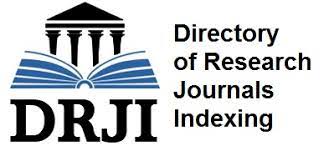Gómez Pereira and spanish renaissance medicine
DOI:
https://doi.org/10.24310/NATyLIB.2022.vi16.12873Keywords:
Gómez Pereira, medicine, soul, animals, science, mechanical philosophyAbstract
Faced with the scientific horizon displayed by the Hippocratic and Peripatetic tradition, Gómez Pereira (1500-1558) represents the figure of the Renaissance doctor who, through an empirical method based on observation and practical exercise, is part of that plethora of authors who they disavowed the philosophical and religious justifications that served as a principle of authority in the work of their profession. In this article we try to briefly expose the anthropological development of the author, in order to focus on the materials that will have an impact on the institution of Medicine, especially those that indicate the profiles leading to modern mechanism philosophy.
Downloads
Metrics
References
Downloads
Published
How to Cite
Issue
Section
License
Those authors who have publications with this journal, accept the following terms:
1. Copyright and licensing information are clearly described on the journal’s web site: all content published in Naturaleza y Libertad is open acces without limit, and are subject to the Attribution-NonCommercial-ShareAlike 4.0 International (CC BY-NC-SA 4.0) license. The full text of which can be consulted at https://creativecommons.org/licenses/by-nc-sa/4.0/
2. It is the responsibility of the authors to obtain the necessary permissions for the images that are subject to copyright. The authors whose contributions are accepted for publication in this journal will retain the non-exclusive right to use their contributions for academic, research and educational purposes, including self-archiving or deposit in open access repositories of any kind. The electronic edition of this magazine is edited by the Editorial de la University of Malaga (UmaEditorial), being necessary to cite the origin in any partial or total reproduction.
3. This journal allows and encourages authors to publish papers on their personal websites or in institutional repositories, both before and after their publication in this journal, as long as they provide bibliographic information that accredits, if applicable, your posting on it.
4. In no case will anonymous papers be published.





18.png)













